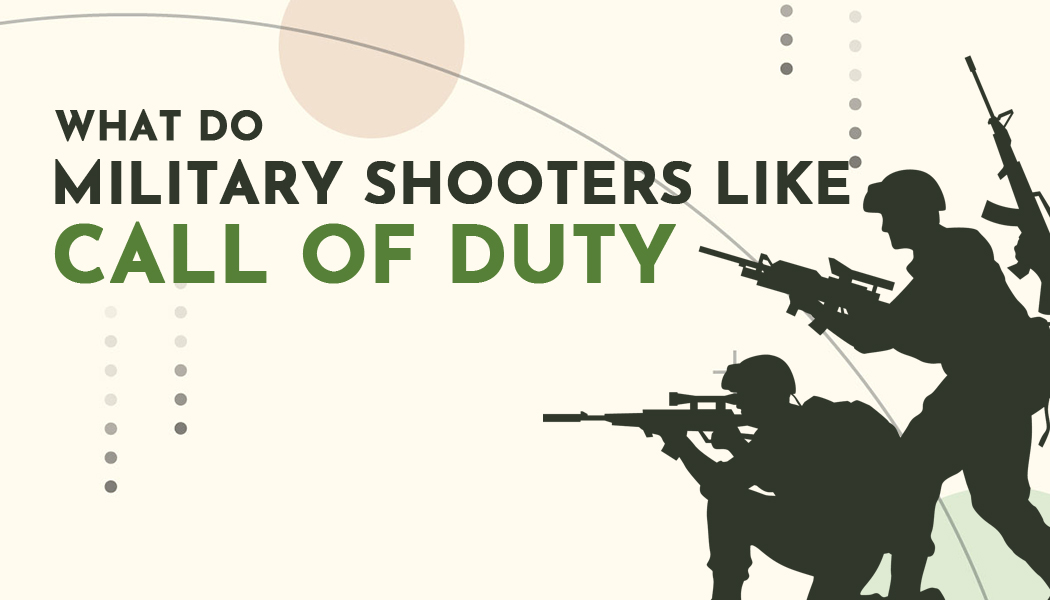Crafting Compelling Calls to Action (CTA) and Streamlining the Sales to Service Handoff in Business
In the dynamic landscape of business, success hinges on both customer engagement and seamless transitions. This article explores two essential elements for business growth: crafting compelling Calls to Action (CTA) and streamlining the sales to service handoff.
The Power of a Well-Crafted CTA
A compelling Call to Action (CTA) is a driving force behind customer engagement and conversion. Whether you're seeking clicks, sign-ups, or purchases, these elements can transform passive viewers into active participants.
Key Elements of a Compelling CTA
Clarity and Simplicity: Your CTA should be clear, concise, and easy to understand, taking into account the different stages of your ecommerce conversion funnel. Ambiguity can lead to confusion and reduced conversion rates. Understanding where your audience is in the funnel can help you tailor your CTA to their specific needs and motivations.
Strong Action Words: Use action-oriented verbs to prompt immediate responses, such as "buy," "subscribe," or "download."
Value Proposition: Highlight the value or benefit the audience will receive by clicking on the CTA. Make it relevant to their needs and desires.
Design and Placement: Ensure your CTA stands out visually with contrasting colors and strategic placement within your content.
Urgency and Scarcity: Create a sense of urgency or scarcity to encourage action. Phrases like "limited time offer" can drive immediate engagement.
Examples of Effective CTAs
- eCommerce Website: "Shop Now"
- Newsletter Signup: "Get Exclusive Updates"
- Free eBook Download: "Download Your Free Guide"
The Seamless Sales Handoff Template
A well-structured sales handoff template is crucial for ensuring that the promises made during the sales process are fulfilled during service delivery.
Creating an Effective Handoff Template
-
Define Key Touchpoints: Identify the critical points where the handoff occurs, such as contract signing or product delivery.
-
Document Customer Information: Record relevant customer details, needs, and expectations to ensure a smooth transition.
-
Clarify Expectations: Clearly communicate commitments made during the sales process to set the stage for exceptional service.
-
Responsibility Assignment: Specify who is responsible for each aspect of the handoff, ensuring accountability.
-
Feedback Loop: Establish a feedback loop for continuous improvement in the handoff process.
The CAC Tool: Optimizing Customer Acquisition Costs
In the dynamic landscape of business, optimizing Customer Acquisition Costs (CAC) is a pivotal aspect of ensuring long-term success. The CAC tool by Seedx serves as a valuable resource in this endeavor, enabling businesses to meticulously analyze and manage the expenses associated with acquiring new customers. It encompasses various costs, including marketing expenditures, sales efforts, and operational investments, offering a comprehensive view of the resources allocated to customer acquisition.
Key Elements of the CAC Tool:
-
Cost Breakdown: The CAC tool provides a detailed breakdown of expenses incurred at each stage of the customer acquisition process. This transparency allows businesses to identify areas of cost inefficiency and make data-driven adjustments.
-
Conversion Analysis: By analyzing the conversion rates at various touchpoints, the CAC tool helps organizations assess the effectiveness of their marketing and sales strategies. This data-driven insight enables continuous improvement in customer acquisition tactics.
-
Resource Allocation: With the CAC tool, businesses can allocate resources more effectively, directing investments towards the most cost-efficient customer acquisition channels and campaigns.
-
Performance Monitoring: The tool allows for real-time monitoring of CAC metrics, ensuring that businesses can adapt quickly to changing market dynamics and customer behaviors.
-
Alignment with Strategy: By integrating the CAC tool into their strategic framework, businesses can ensure that customer acquisition efforts align with overall business objectives and customer-centric values.
Incorporating the CAC tool into your business strategy not only enhances cost-effectiveness in customer acquisition but also fosters a data-driven approach to decision-making. By optimizing CAC, businesses can navigate the complexities of the modern market landscape with confidence, ensuring sustainable growth and success.
Conclusion
In the modern business landscape, crafting compelling CTAs and streamlining the sales to service handoff are essential to driving customer engagement, conversions, and long-term success. These strategic elements not only capture attention but also ensure that promises are fulfilled, fostering customer satisfaction and loyalty. By mastering these practices, businesses can navigate the complexities of the modern market with confidence.




